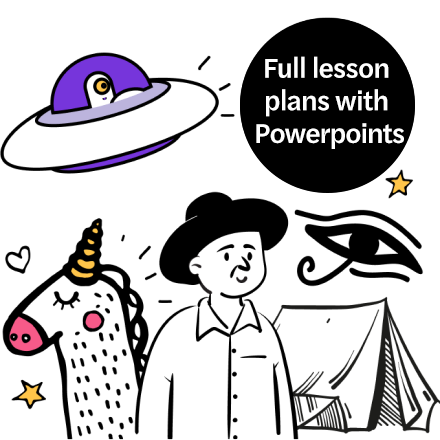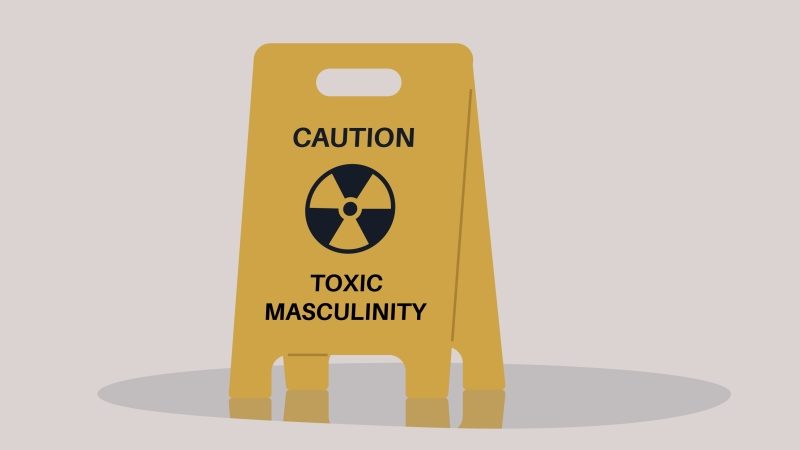Creativity In Schools Shouldn’t Be Elitist – It Should Be For Everyone

With the right support and structure, all schools can – and should – teach creativity, says the RSA's Roisin Ellison…

The RSA’s mission – to enrich society through ideas and action – is based on our concept of 21st Century Enlightenment.
We believe that many more people have the desire and the tools to turn their ideas into action – and that when supported to do this, they will have a chance to make a unique and valuable contribution to society. We call this the ‘Power to Create’.
The sheer scale and complexity of the challenges that societies now face are forcing a shift in understanding about what sort of solutions we need. Global issues such as climate change, an ageing population, demographic shifts and deep inequality all require imaginative problem-solving with single, simple interventions no longer effective. As such, original ideas are in greater demand – and yet a vast resource of potential remains untapped.
We believe that the resources needed to capture this potential are becoming more accessible. Developments in technology are providing new opportunities, and the internet is enabling easy access to information and tools for communicating, trading and collaborating. In both the world of work and people’s everyday lives, dramatic change is happening, creating a rising demand for more creative citizens.
Closing the gap
Earlier this year we published a paper, ‘Giving Schools the Power to Create: developing creative capacities in learners and teachers’, which laid out how school systems can be designed so that young people are better equipped to succeed. We also looked at the best ways of recruiting, training and retaining resourceful teachers with the motivation to practice disciplined innovation and inquiry-based teaching.
Finally, we examined how to transform public, professional and political understanding and attitudes, so that families, schools, workplaces and other learning institutions are able prioritise the development of creative capacities. We then addressed all of these challenges via our list of ’12 Design Principles’.
However, there are clear barriers and inequalities in the way of this. Not every person or every community has equal resources, confidence or support to live a creative life; the Power to Create is unevenly distributed.
As such, the Creative Learning and Development (CLD) team at the RSA wants to close the creativity gap – between those who are have the power to make the most of the creative opportunities that the 21st century offers, and those who are locked out due to personal, cultural and structural reasons. Unless we achieve this, our principles may end up merely empowering the already empowered.
Our distinctive approach is both practical and research-based. The report shows how our unique relationship with a group of schools in the West Midlands, the Family of Academies, is helping us to put these into practice.
For example, as highlighted in the case study of our tenth principle – ‘Design tough-minded evaluation processes that aim to understand, rather than demonstrate, the impact of specific interventions’ – the RSA Academies Teaching School Alliance led on an esteemed project with the RSA, Research Rich Schools. The outcome was an online toolkit for teachers looking to build a research culture in their school. This also supports the BERA-RSA Inquiry on Research and Teacher Education report, putting the RSA’s research into action.
Mutual understanding
Working directly with schools gives the RSA insight into which areas of policy need exploring, providing the CLD team with both inspiration for and reality checks on new ideas and thinking. For the schools, their relationship with the RSA provides them with opportunities to participate in research and innovation and access networks that benefit students and teachers.
Students develop their creative capacities through programmes that enable them to turn their ideas into action – from student leadership, to enterprise opportunities, to the RSA Pupil Design Awards. Teachers are given the opportunity to be creative and resourceful through RSA Teaching School Alliance Continuing Professional Development opportunities and encouraged to develop action-research projects.
A family of schools working together further enables system-based innovation through the development of an all-through curriculum approach, where pupils of all ages are challenged and inspired to be creative.
That said, our 12 Design Principles must reach beyond educational institutions. There has to be a shift in public demand for the encouragement of creativity if we are to close the creativity gap. Various countries around the world, from Singapore to Canada, have invested in raising the status of creativity. Yet we feel that there has been a lack of sustained effort and a lack of rigour in the surrounding debate.
It does not help that creativity in education is a heavily contested space. In conducting our own research, we have found it to be often poorly defined, poorly understood, and poorly practised. Despite decades of research and discussions over the definition of ‘creativity’ and how it should impact learning, there has been no move towards a consensus on what creativity is or even whether it can be taught, learned or assessed.
This matters, as robust, common assessment mechanisms would raise creativity’s status amongst policymakers, as well as supporting teachers and pupils to develop their own creative capacities. In our report, we define it as “the type of imaginative thinking that produces an outcome possessing some level of originality as well as some sense of value”. We also refer to the comprehensive breakdown of creative capacities [PDF], developed with teachers by Bill Lucas and colleagues at the University of Winchester as a starting point:

Future vision
Alongside the problem of definition, there’s the subtle political opposition to creativity. It is rarely argued by politicians that creativity is an undesired outcome – instead, it’s more often posited that creativity ‘cannot be taught’, or that the development of creative capacities will happen of its own accord through a high quality traditional knowledge-centric approach to learning.
Two decades of an increased culture of ‘performativity’ – high-stakes testing, performance management and accountability – has not helped with this, resulting in schools that struggle to prioritise creativity amongst its students or teachers.
Despite this, there’s an emerging consensus, as outlined in a 2014 WISE paper by Abadzi, Martelli and Primativo [PDF], that creativity is innate in all of us and learnable in different ways.
Past discussions have traditionally focused on an ‘elitist’ view of the concept, posing it as a special and rare quality reserved for a select number of geniuses who have made a difference to the world. More recently, however, the consensus has shifted to a more ‘democratic’ view of creativity, wherein creativity is for everyone – and that since it does not require genius, is therefore teachable. Large-scale surveys, such as this one conducted by the European Commission in 2009, have revealed that most teachers believe creativity is a fundamental skill that schools can and should develop in their pupils.
Our 12 principles – which are designed to be applicable across a variety of educational contexts – will foster the creative capacities of learners, teachers, leaders and school systems, enabling them to turn their ideas into reality and giving them the Power to Create.
But this report is only the beginning. Why not join us, as we discover a new approach to learning and development – one that empowers everyone, regardless of background or age – to generating original, valuable ideas and new ways of making them happen.
The RSA report, ‘Giving Schools the Power to Create, can be dowloaded here
Roisin Ellison is programme coordinator for RSA Academies; for more information, visit www.rsaacademies.org.uk











